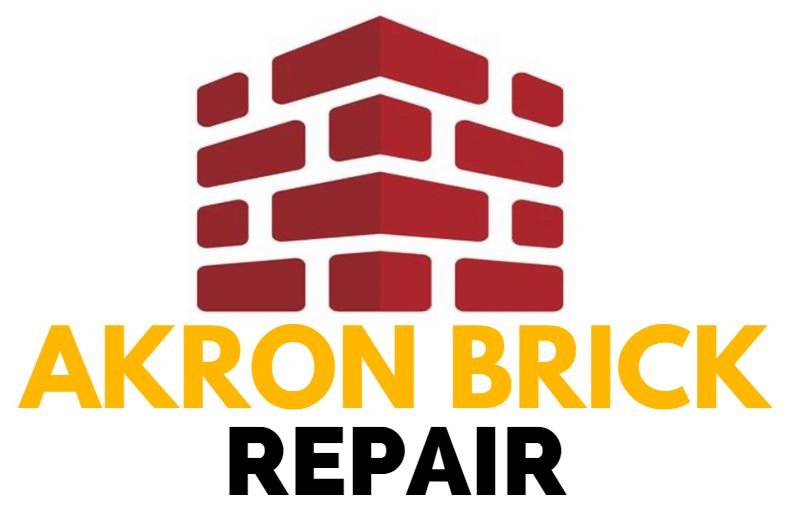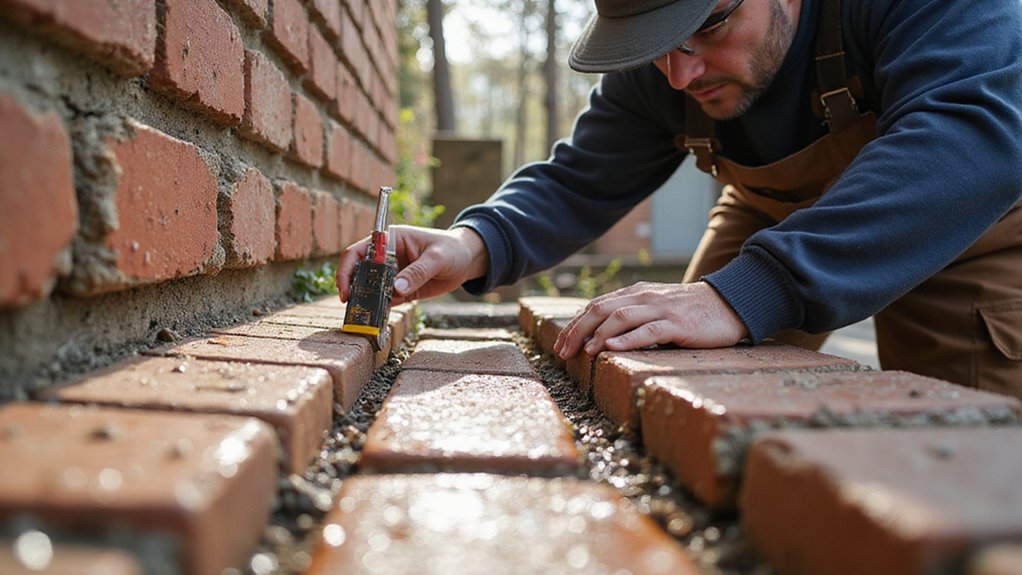Water damage can silently destroy your brick structure, compromising its strength and beauty. You’ll want to understand how moisture penetrates and weakens brick walls before serious problems emerge. By recognizing early warning signs and implementing strategic prevention techniques, you can protect your investment and maintain your building’s structural integrity. Curious about the hidden threats lurking in your brick walls? Let’s reveal the critical strategies that can save you from costly repairs.
Understanding Water Damage Mechanisms in Brick
How do bricks become vulnerable to water damage? Your brick structure’s susceptibility starts with its inherent porosity characteristics. Tiny spaces within bricks allow water to seep inside, creating potential structural risks.
When temperatures fluctuate, these moisture-filled pores can experience freeze thaw effects, causing expansion and contraction that gradually weaken the brick’s integrity. Each freeze-thaw cycle creates microscopic cracks, progressively damaging your structure.
Understanding these mechanisms helps you recognize how water can silently compromise your brick building. By identifying these early signs of water vulnerability, you’ll be better equipped to protect your investment and maintain your structure’s long-term durability. Brick coloring techniques can provide an additional protective layer against water penetration and potential damage to the masonry.
Essential Waterproofing Techniques for Brick Surfaces
Because water damage can silently erode your brick structure’s foundation, implementing strategic waterproofing techniques becomes imperative for long-term preservation. You’ll want to focus on two critical methods: installing vapor barriers and performing professional brick repointing. Mortar joint maintenance is crucial in preventing water infiltration, as damaged or deteriorating mortar can create vulnerable entry points for moisture. Vapor barriers create a protective shield against moisture penetration, preventing water from seeping into your walls’ internal structure. Brick repointing involves carefully replacing deteriorated mortar joints, which can be entry points for water infiltration. By proactively addressing these vulnerabilities, you’ll safeguard your brick surfaces from potential water-related damage and maintain the structural integrity of your cherished building.
Identifying Critical Moisture Vulnerability Points
The silent threats of moisture can undermine even the most sturdy brick structures, making it essential to identify potential water infiltration zones. You’ll want to carefully examine areas where moisture permeation patterns are most likely to occur, such as mortar joints, foundation bases, and exterior wall intersections.
Material degradation factors like cracked surfaces, deteriorating sealants, and structural gaps can create vulnerable entry points for water. Regularly inspecting these critical zones helps prevent long-term damage and maintains your brick structure’s integrity, protecting your investment from subtle but destructive moisture infiltration.
Effective Drainage and Moisture Management Strategies
Strategically managing water drainage becomes essential in protecting brick structures from potential moisture-related deterioration. You’ll want to implement proper ventilation techniques that redirect water away from vulnerable areas.
Moisture monitoring systems can help you detect early signs of potential damage, allowing you to take swift preventive action. By installing gutters with appropriate slope, sealing potential entry points, and ensuring topographical arrangement directs water from your structure’s foundation, you’re creating an extensive defense.
Regular inspections and proactive maintenance will safeguard your brick building’s integrity and prevent costly water-related repairs.
Professional Sealing and Protective Coating Methods
How can you protect your brick structure from water infiltration? Professional moisture barrier penetration techniques are essential for preventing long-term damage. You’ll want to invest in high-quality brick joint watersealing products that create a protective shield against moisture.
Professional contractors can apply specialized sealants that penetrate deeply into brick surfaces, blocking water absorption. These advanced coatings work like invisible armor, preventing water from seeping into microscopic pores and potential structural weak points.
Regular Maintenance and Inspection Protocols
After applying professional sealants, maintaining your brick structure becomes your next essential guard against water damage. You’ll want to carry out regular facade inspections every six months to catch potential issues early. Look for hairline cracks, mortar deterioration, and signs of moisture penetration that could jeopardize your structure’s integrity.
Structural integrity checks are pivotal in preventing long-term water damage. Pay particular attention to areas around windows, doors, and roof edges where water might accumulate. By staying proactive and observant, you’ll protect your investment and maintain your building’s strength and appearance.
Repair and Restoration of Water-Damaged Brick Structures
When water damage strikes your brick structure, swift and precise restoration becomes essential to preventing further deterioration. You’ll need strategic structural reinforcement options to protect your investment and restore integrity.
Key brick preservation techniques:
- Identify and seal all visible water entry points
- Remove damaged mortar and replace with specialized waterproof mortar
- Apply professional-grade sealants to prevent future moisture penetration
- Consult experienced masonry professionals for detailed restoration
Your proactive approach can overhaul potential structural weakness into renewed strength, ensuring your brick structure remains resilient and protected against future water damage.
Frequently Asked Questions
Can Water Damage Totally Destroy a Brick Structure’s Integrity?
If you ignore water damage, it’ll compromise your brick structure’s stability, triggering accelerated material deterioration that can eventually weaken and potentially destroy the entire building’s foundational integrity.
How Quickly Can Water Damage Spread in Masonry Walls?
Water’s absorption rate can rapidly spread moisture through your masonry walls in as little as 24-48 hours, with migration patterns potentially compromising structural integrity faster than you’d expect.
Are Older Brick Buildings More Susceptible to Water Damage?
Older brick buildings are more vulnerable due to age-related deterioration. You’ll need consistent brick maintenance to prevent water intrusion, protecting your cherished structure from potential widespread damage.
Will Homeowner’s Insurance Cover Brick Water Damage Repair Costs?
Your insurance policy might cover brick water damage, but you’ll need to review specific deductible requirements. Check your coverage details carefully to understand potential repair cost reimbursements.
Can DIY Waterproofing Methods Effectively Protect Brick Structures?
You’ll find DIY waterproofing can help, but effective sealants work best when combined with professional inspections. Don’t risk costly damage—invest in proper protection for your brick structure’s long-term integrity.

